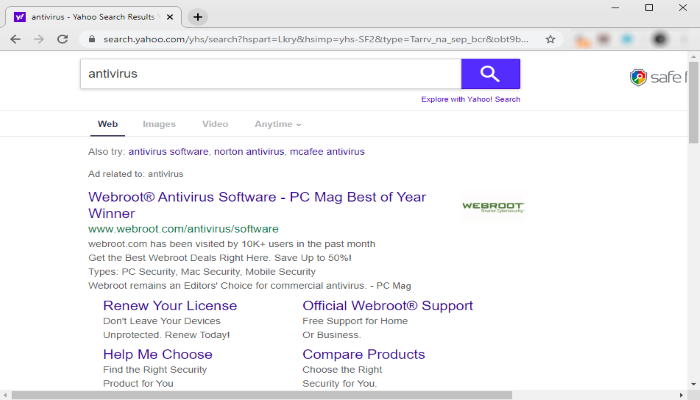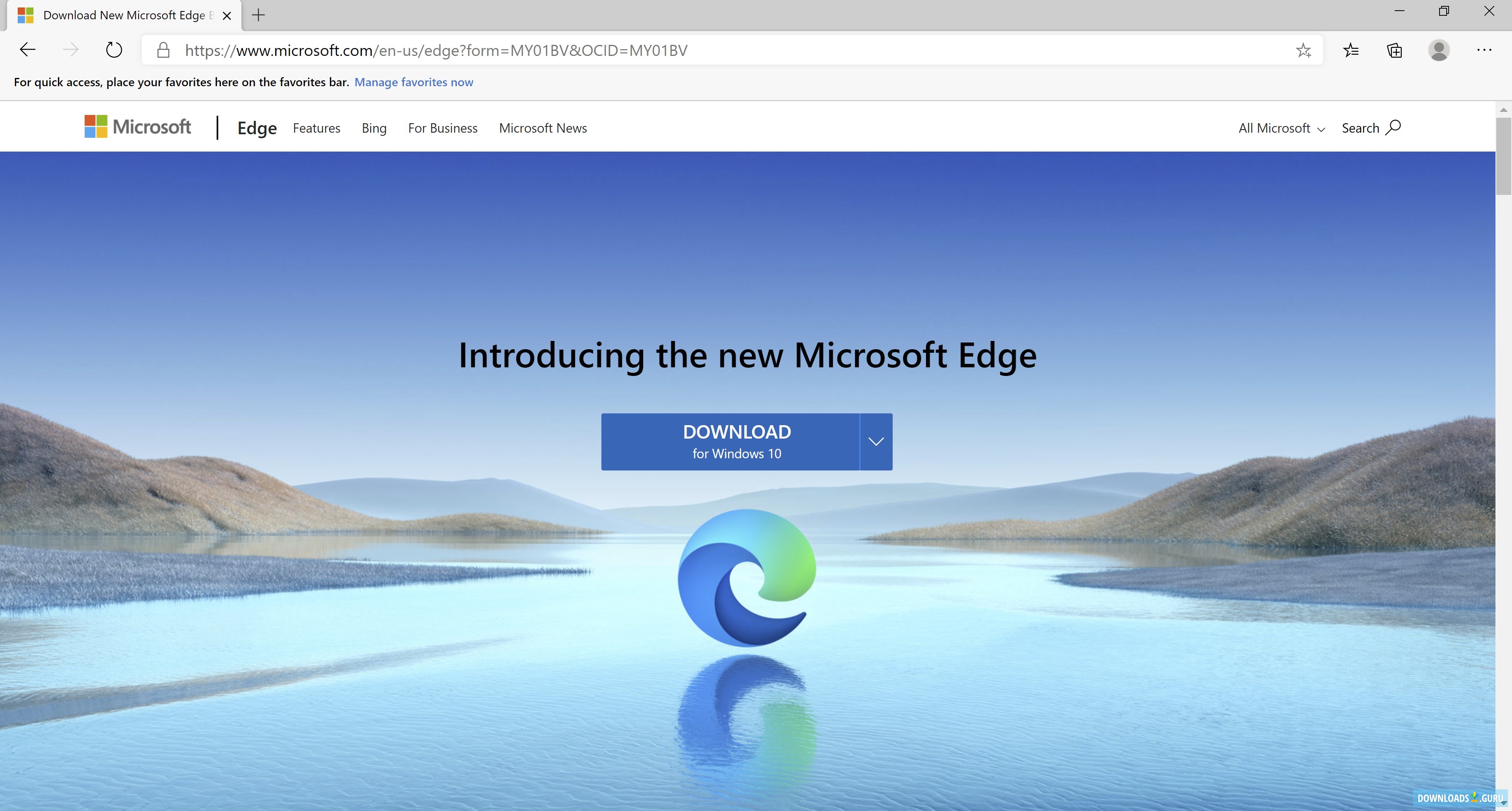

We’ll go through a couple of examples in this blog post. Use these GUIDs when manually setting ASR rules via GPO and/or PowerShell. The complete list of rule name to GUID mapping is available here. The way we allow you to do so, is by referencing the actual rule Globally Unique Identifier (GUID). Throughout the various configuration channels for ASR rules, you’ll notice that some of those, like GPO and PowerShell, will require you to specifically define which rule to enable (e.g.


īut before showing you how to use the above cmdlet, let us first talk about ASR rules GUIDs. One of the easiest ways to start testing ASR rules is by leveraging the available Windows Defender PowerShell cmdlet Set-MPPreference. This will allow you to review logs and reports to analyze the rule’s impact and give you the opportunity to create any exclusions for your line-of-business apps, for example, before turning the rule on in block mode, or scrapping it entirely. Our recommendation is to start the rule in audit mode. Regardless of the method that you choose, the principles that we’ve pointed out before still stand. Audit: Evaluate how the ASR rule would impact your organization if enabled ( equals to 2).Block: Enable the ASR rule ( equals to 1).Not configured: Disable the ASR rule ( equals to 0).Through any of the above methods, you’ll be able to set all the possible states of an ASR rule: Microsoft Endpoint Configuration Manager.Let’s cover the How’s!Īs you might have guessed, the answer is: it depends! And that’s because there are multiple ways to configure ASR rules. You can follow the blog series here to read all the posts on this topic. This blog post is focused on how to configure Microsoft Defender ATP ASR rules and how to work your way through exclusions. Use the links in the table to get more details about specific policies.Hello again and welcome to the second part in our blog series on demystifying attack surface reduction (ASR) rules. These tables list all of the browser-related group policies available in this release of Microsoft Edge. The following table lists the new policies that are in this article update. This article applies to Microsoft Edge version 77 or later.


 0 kommentar(er)
0 kommentar(er)
